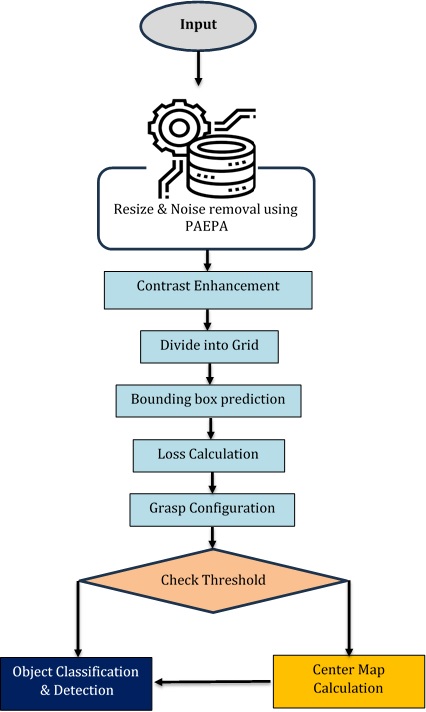
With the increasing importance of green development, bio-waste classification has become an important element of green development. However, in garbage stacking scenarios, the task of segmenting highly overlapping objects is difficult because the bottom garbage is in an occluded state and it is usually difficult to distinguish its contours from occluded boundaries. This paper presents a rotationally invariant system for solid bio-waste container detection and bio-waste level classification. This paper proposes a rotationally invariant system for detecting solid bio-waste containers and classifying their fill levels. It employs Hough line detection to identify container orientations and positions, complemented by cross-correlation for distinguishing similar objects. Features extracted from within and outside the container area are utilized, enabling precise determination of discard levels. The system accommodates varying bio-waste amounts through transformation and rotation of container images. Object detection utilizes an Improved Hyperbolic Tangent-based YOLOv5 model with a Binarization-Adapted K-Means Algorithm (BKA) to enhance sorting accuracy. Additionally, the method efficiently calculates object motion through segmented BKA-detected objects. Experimental validation with a bio-waste image dataset demonstrates superior performance in accuracy, specificity, sensitivity, and overall precision compared to existing methodologies.
Total file downloads: 24